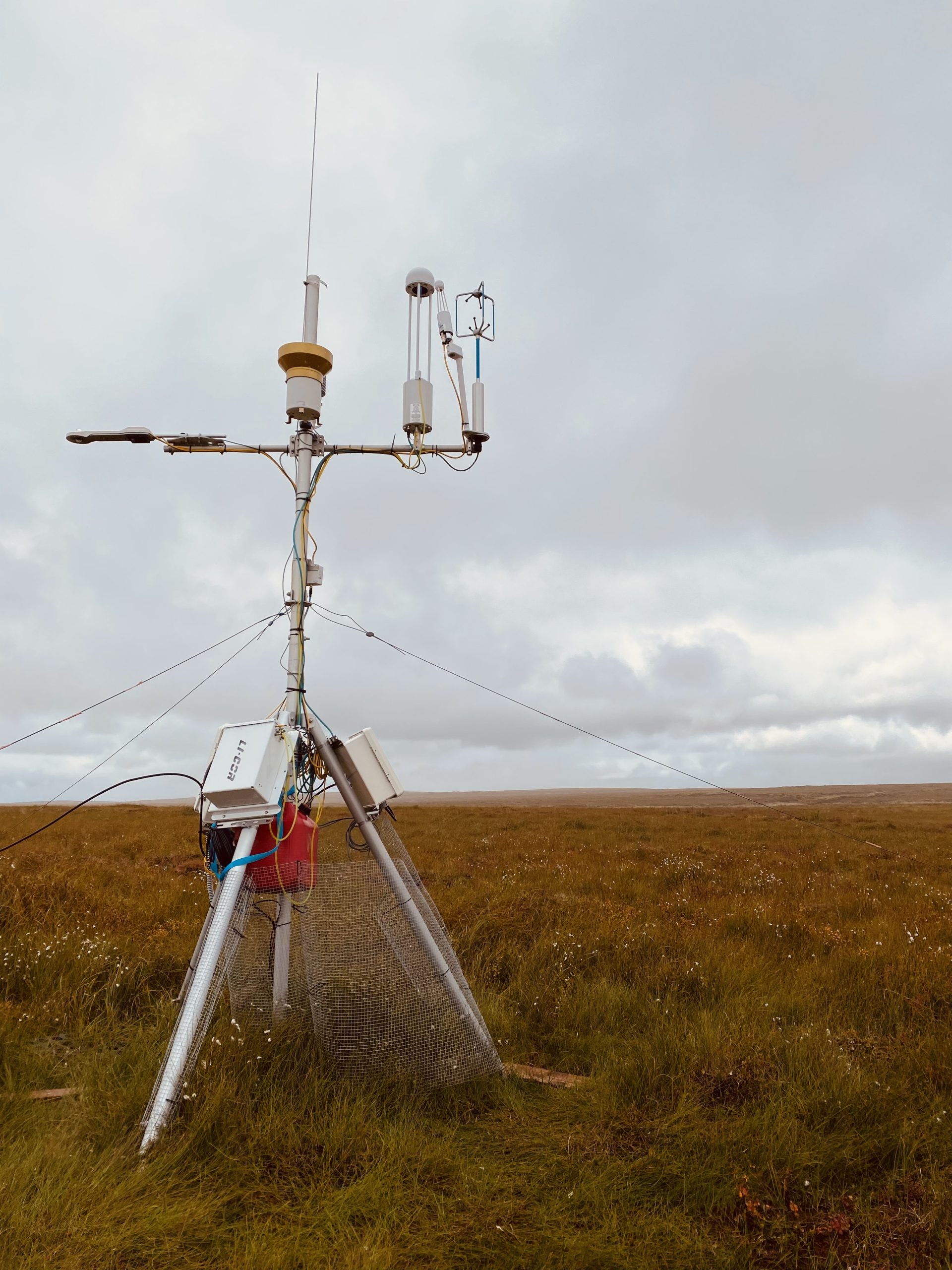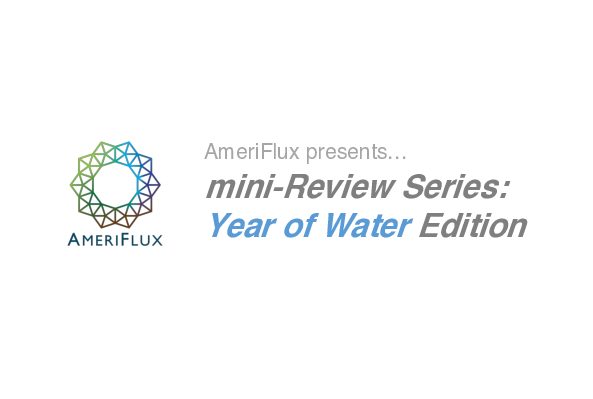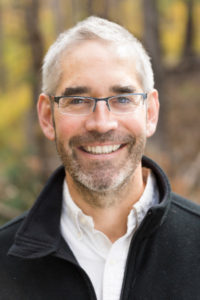 Andrew Richardson is a Regents’ Professor at Northern Arizona University. He is based in the School of Informatics, Computing, and Cyber Systems and also the Center for Ecosystem Science and Society. He received his PhD from the School of Forestry and Environmental Studies at Yale University in 2003, and his AB in Economics from Princeton University in 1992. Since 2004, he and Dave Hollinger (USDA Forest Service) have operated the AmeriFlux site at Bartlett Experimental Forest, New Hampshire. Since 2008 he is also PI of the PhenoCam network, which uses repeat digital photography to track vegetation phenology in a wide range of ecosystem types. His main research interests include terrestrial ecosystem responses to global change, land-atmosphere interactions, phenology and seasonality, and ecosystem carbon cycle modeling. For more information, see https://richardson-lab.nau.edu and http://scholar.google.com/citations?user=GlGy7vgAAAAJ&hl=en
Andrew Richardson is a Regents’ Professor at Northern Arizona University. He is based in the School of Informatics, Computing, and Cyber Systems and also the Center for Ecosystem Science and Society. He received his PhD from the School of Forestry and Environmental Studies at Yale University in 2003, and his AB in Economics from Princeton University in 1992. Since 2004, he and Dave Hollinger (USDA Forest Service) have operated the AmeriFlux site at Bartlett Experimental Forest, New Hampshire. Since 2008 he is also PI of the PhenoCam network, which uses repeat digital photography to track vegetation phenology in a wide range of ecosystem types. His main research interests include terrestrial ecosystem responses to global change, land-atmosphere interactions, phenology and seasonality, and ecosystem carbon cycle modeling. For more information, see https://richardson-lab.nau.edu and http://scholar.google.com/citations?user=GlGy7vgAAAAJ&hl=en
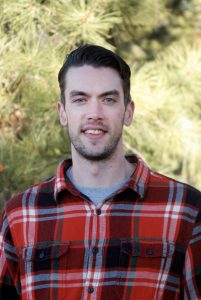 Eric Beamesderfer is a postdoctoral researcher at Northern Arizona University working under Dr. Andrew Richardson. Eric is a part of the School of Informatics, Computing, and Cyber Systems as well as the Center for Ecosystem Science and Society. He received his PhD from the School of Geography and Earth Sciences at McMaster University in 2020 where he investigated the climatic controls on phenology and carbon dynamics in forests. His current research focuses on land-atmosphere interactions and the growth and seasonality of mixing layer heights at eddy covariance flux sites, using joint ceilometer, radiosonde, and flux measurements. For more information see https://richardson-lab.nau.edu and https://scholar.google.com/citations?hl=en&user=Xrh2CbEAAAAJ.
Eric Beamesderfer is a postdoctoral researcher at Northern Arizona University working under Dr. Andrew Richardson. Eric is a part of the School of Informatics, Computing, and Cyber Systems as well as the Center for Ecosystem Science and Society. He received his PhD from the School of Geography and Earth Sciences at McMaster University in 2020 where he investigated the climatic controls on phenology and carbon dynamics in forests. His current research focuses on land-atmosphere interactions and the growth and seasonality of mixing layer heights at eddy covariance flux sites, using joint ceilometer, radiosonde, and flux measurements. For more information see https://richardson-lab.nau.edu and https://scholar.google.com/citations?hl=en&user=Xrh2CbEAAAAJ.
Celia Faiola is an Assistant Professor at University of California Irvine. She holds joint appointments in the Department of Ecology and Evolutionary Biology and the Department of Chemistry. She received her PhD from the Laboratory for Atmospheric Research at Washington State University in 2014, and conducted her postdoctoral research in the Aerosol Physics Research Group at the University of Eastern Finland. She is an affiliated member of the AirUCI research organization, which focuses on inter-disciplinary science studying air pollution, energy, and climate change. Her main research interests include plant-atmosphere interactions, plant volatile emissions, atmospheric chemistry, secondary organic aerosol, plant stress responses, and climate change. For more information, see https://faculty.sites.uci.edu/cfaiola/
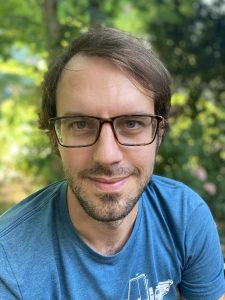 Manuel Helbig is an Assistant Professor in Atmospheric Science in the Department of Physics and Atmospheric Science at Dalhousie University (Halifax, Canada). His research focuses on land-atmosphere interactions in the boreal biome in a warming climate. In particular, his work combines eddy covariance flux measurements with flux footprint modeling, boundary layer modeling, and remote sensing to characterize spatial and temporal changes in land-atmosphere coupling. He received his PhD from the Department of Geography at Université de Montréal in 2017 where he investigated the impacts of permafrost thaw on land-atmosphere interactions and established together with Oliver Sonnentag (Université de Montréal) new AmerFlux sites in the Northwest Territories, Canada. At Dalhousie University, he is setting up the first long-term land-atmosphere observatory in Atlantic Canada. For more information, see http://fizz.phys.dal.ca/~helbig/ and https://scholar.google.com/citations?user=ntPlxu4AAAAJ&hl=en
Manuel Helbig is an Assistant Professor in Atmospheric Science in the Department of Physics and Atmospheric Science at Dalhousie University (Halifax, Canada). His research focuses on land-atmosphere interactions in the boreal biome in a warming climate. In particular, his work combines eddy covariance flux measurements with flux footprint modeling, boundary layer modeling, and remote sensing to characterize spatial and temporal changes in land-atmosphere coupling. He received his PhD from the Department of Geography at Université de Montréal in 2017 where he investigated the impacts of permafrost thaw on land-atmosphere interactions and established together with Oliver Sonnentag (Université de Montréal) new AmerFlux sites in the Northwest Territories, Canada. At Dalhousie University, he is setting up the first long-term land-atmosphere observatory in Atlantic Canada. For more information, see http://fizz.phys.dal.ca/~helbig/ and https://scholar.google.com/citations?user=ntPlxu4AAAAJ&hl=en
 Zulia M. Sanchez-Mejia is Associate Professor at the Water and Environmental Science Department at the Sonora Institute of Technology. She received her PhD from the School of Natural Resources at University of Arizona in 2013. Her research focuses on land-atmosphere interactions in semiarid subtropical ecosystems. Since 2018 she established and is the PI of a MexFlux/Ameriflux site at a coastal lagoon in the Gulf of California, and since 2019 Co-PI COSMOS-CRNS site in the Yaqui Valley. For more information see https://www.itson.mx/oferta/mcrn/Paginas/zulia-sanchez.aspx
Zulia M. Sanchez-Mejia is Associate Professor at the Water and Environmental Science Department at the Sonora Institute of Technology. She received her PhD from the School of Natural Resources at University of Arizona in 2013. Her research focuses on land-atmosphere interactions in semiarid subtropical ecosystems. Since 2018 she established and is the PI of a MexFlux/Ameriflux site at a coastal lagoon in the Gulf of California, and since 2019 Co-PI COSMOS-CRNS site in the Yaqui Valley. For more information see https://www.itson.mx/oferta/mcrn/Paginas/zulia-sanchez.aspx
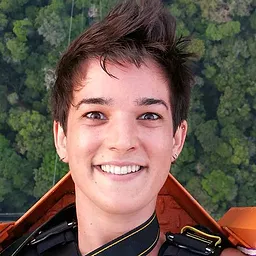 Ana Maria Yáñez-Serrano is a post-doctoral researcher at the Institute of Environmental Assessement and Water Evaluation (IDAEA), in Barcelona, and an associated researcher to the Center of Ecological Research and Forestry Applications (CREAF) also in Barcelona. She received her PhD from the Brazilian National Institute of Amazonian Research together with the University State of the Amazon. Her research is focused on the study of atmospheric processes at the biological boundary, having an interdisciplinary approach to understand the interaction between forest ecosystems and atmospheric chemistry. Particularly, she uses the study of volatile organic compounds (VOC) to understand the role of biology in atmospheric chemistry and biosphere-atmosphere interactions, and how this role changes due to land use and climate change. For this, she applies observations at multiple spatial and temporal scales, performed with multiple analytical techniques to have a holistic and mechanistic understanding of the system functioning.
Ana Maria Yáñez-Serrano is a post-doctoral researcher at the Institute of Environmental Assessement and Water Evaluation (IDAEA), in Barcelona, and an associated researcher to the Center of Ecological Research and Forestry Applications (CREAF) also in Barcelona. She received her PhD from the Brazilian National Institute of Amazonian Research together with the University State of the Amazon. Her research is focused on the study of atmospheric processes at the biological boundary, having an interdisciplinary approach to understand the interaction between forest ecosystems and atmospheric chemistry. Particularly, she uses the study of volatile organic compounds (VOC) to understand the role of biology in atmospheric chemistry and biosphere-atmosphere interactions, and how this role changes due to land use and climate change. For this, she applies observations at multiple spatial and temporal scales, performed with multiple analytical techniques to have a holistic and mechanistic understanding of the system functioning.
 Yunyan Zhang is a research scientist at Lawrence Livermore National Laboratory. Yunyan’s research interests focus on the life cycle of shallow cumulus clouds, their transition to deep convection, and their interaction with land surface and atmospheric boundary layer. Yunyan makes observational analysis using both in-situ and remote sensing data from field campaigns and long-term observations at Department of Energy (DOE) Atmospheric Radiation Measurement (ARM) climate facilities. She also performs numerical modeling and analysis using fine-scale modeling tools such as large eddy simulations, as well as global climate models such as DOE Energy Exascale Earth System Model (E3SM). Yunyan is actively involved with DOE ARM and Atmospheric System Research (ASR) programs, especially the warm boundary layer processes working group. For more information, see https://people.llnl.gov/zhang25
Yunyan Zhang is a research scientist at Lawrence Livermore National Laboratory. Yunyan’s research interests focus on the life cycle of shallow cumulus clouds, their transition to deep convection, and their interaction with land surface and atmospheric boundary layer. Yunyan makes observational analysis using both in-situ and remote sensing data from field campaigns and long-term observations at Department of Energy (DOE) Atmospheric Radiation Measurement (ARM) climate facilities. She also performs numerical modeling and analysis using fine-scale modeling tools such as large eddy simulations, as well as global climate models such as DOE Energy Exascale Earth System Model (E3SM). Yunyan is actively involved with DOE ARM and Atmospheric System Research (ASR) programs, especially the warm boundary layer processes working group. For more information, see https://people.llnl.gov/zhang25


